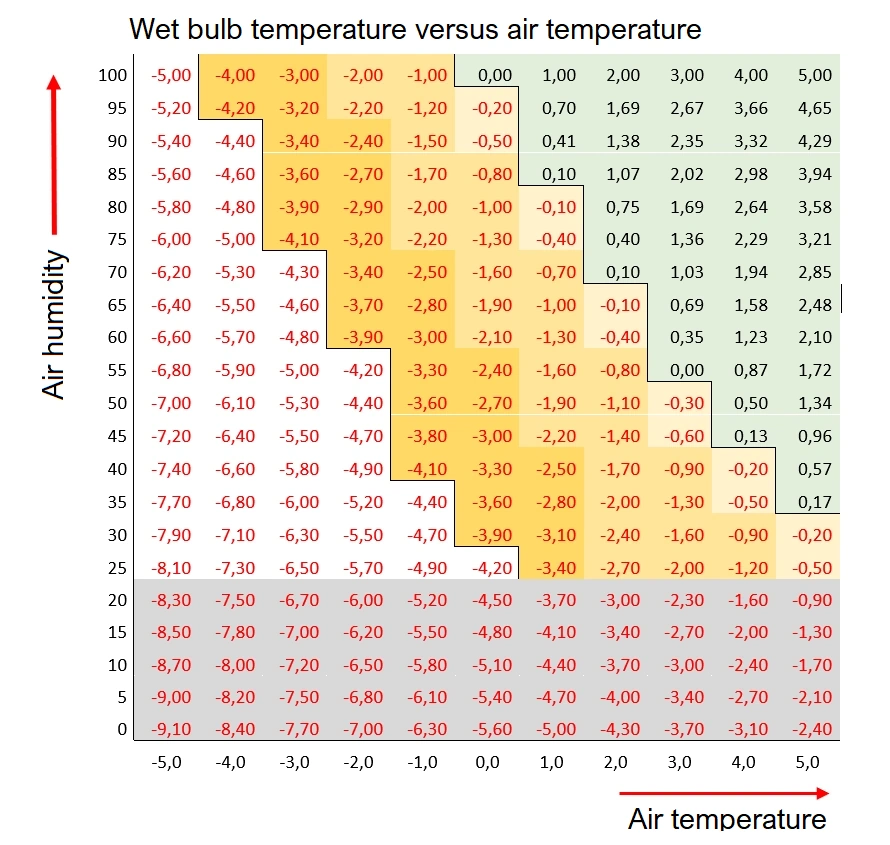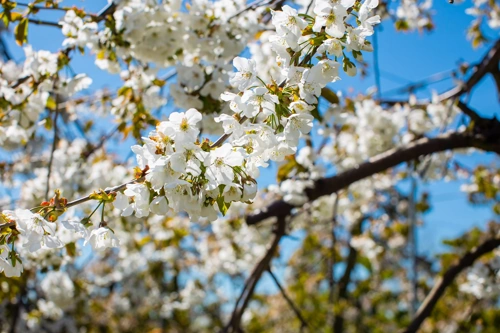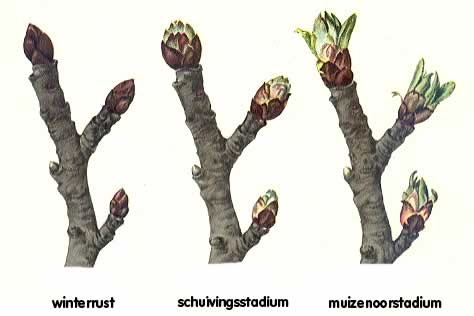What is the Wet bulb temperature
To explain what the wet-bulb temperature is exactly, and why it is important, we often make the comparison with someone coming out of a swimming pool and drying off in the air. At the moment this person comes out of the water, it feels cold, that's because water is evaporating from the skin. In this process, the evaporating water withdraws heat from the skin making it feel cold.
The same thing happens in the orchard or vineyard with the fruit blossoms. Because there is dew (water) on the leaves of the blossom, this water can evaporate and the temperature of the blossom can become lower than the temperature of the surrounding air. The lower the humidity the easier it is for dew to evaporate from the blossoms. At a humidity of 100%, the air cannot absorb any more moisture and the wet-bulb temperature is equal to the dry-bulb temperature. During cold nights in the spring we often have dry winds from the east, a humidity of 25% to 30% is then quite possible. This can cause the wet-bulb temperature to be 4° lower than the air temperature and therefore cause considerable damage to the blossom. Below is a table showing what the wet-bulb temperature is at different humidities.

 In the table to the left, you can see that at an air temperature of 0°C and a humidity of 45%, the wet-bulb temperature is already -3°.
In the table to the left, you can see that at an air temperature of 0°C and a humidity of 45%, the wet-bulb temperature is already -3°. Depending on the stage in which the bud/blossom is, it can tolerate more or less cold.
Depending on the stage in which the bud/blossom is, it can tolerate more or less cold.